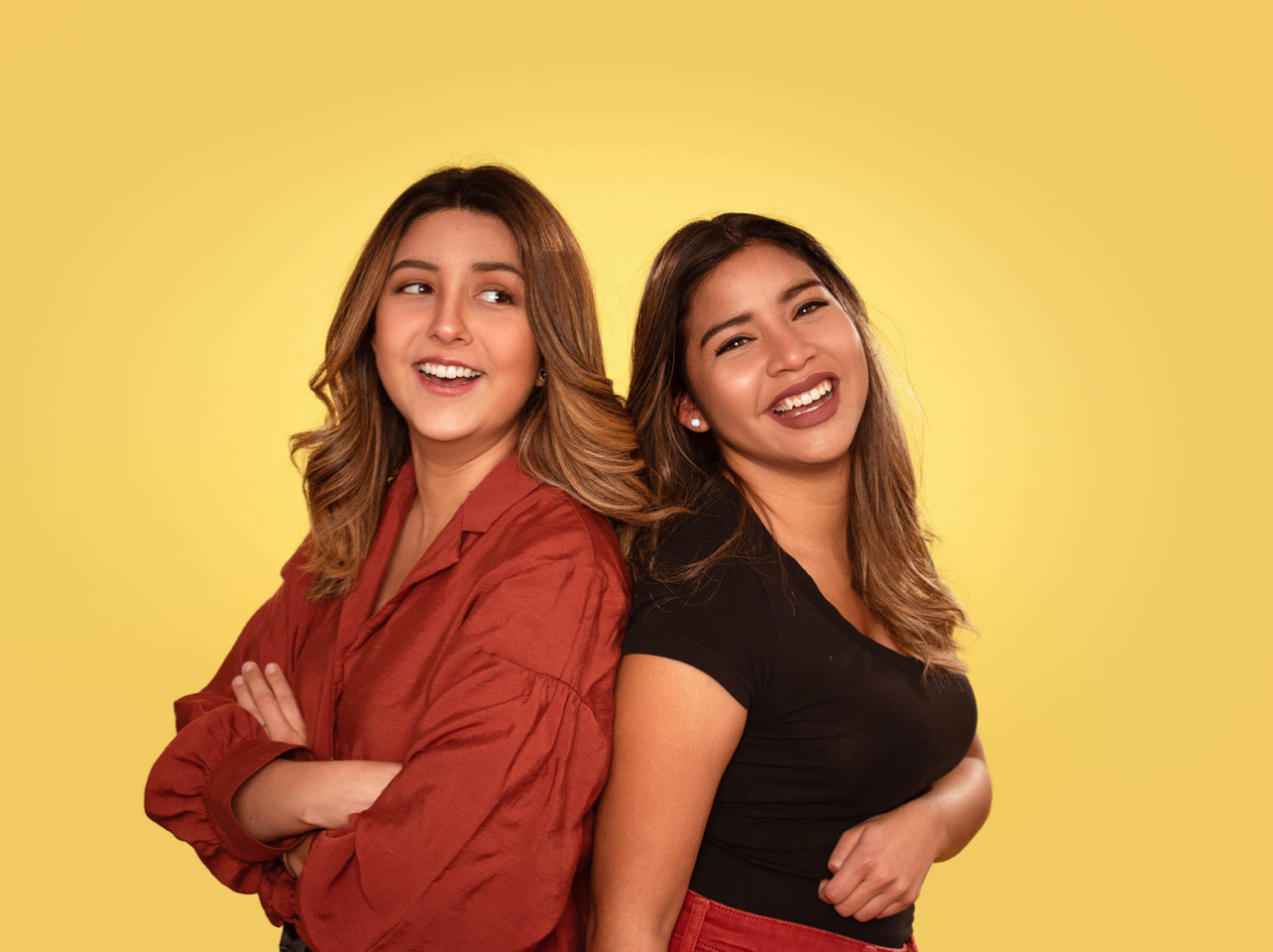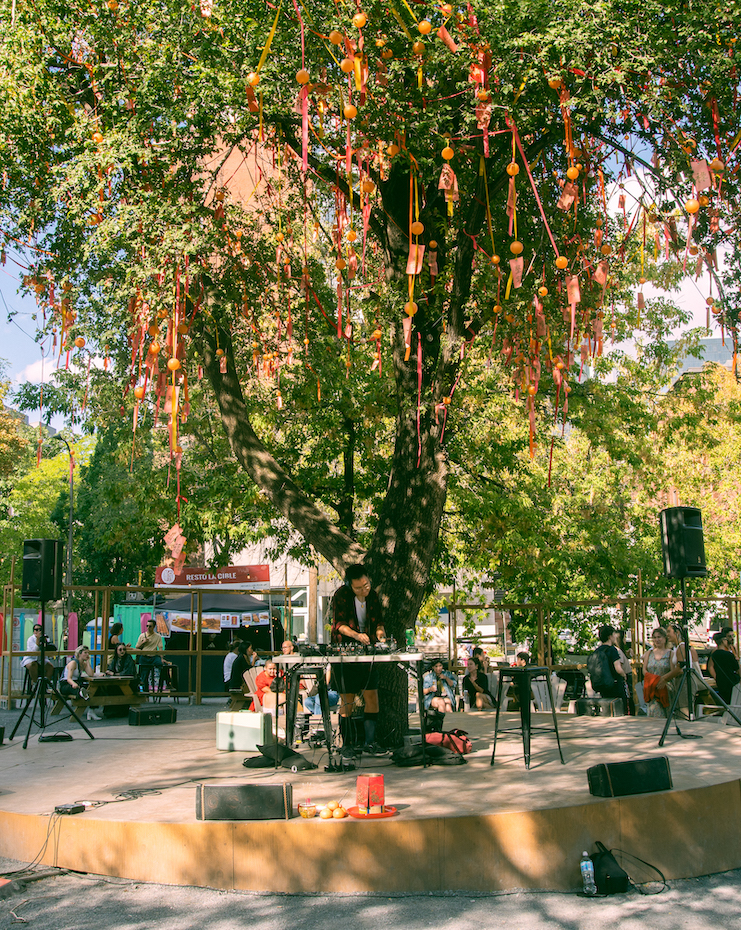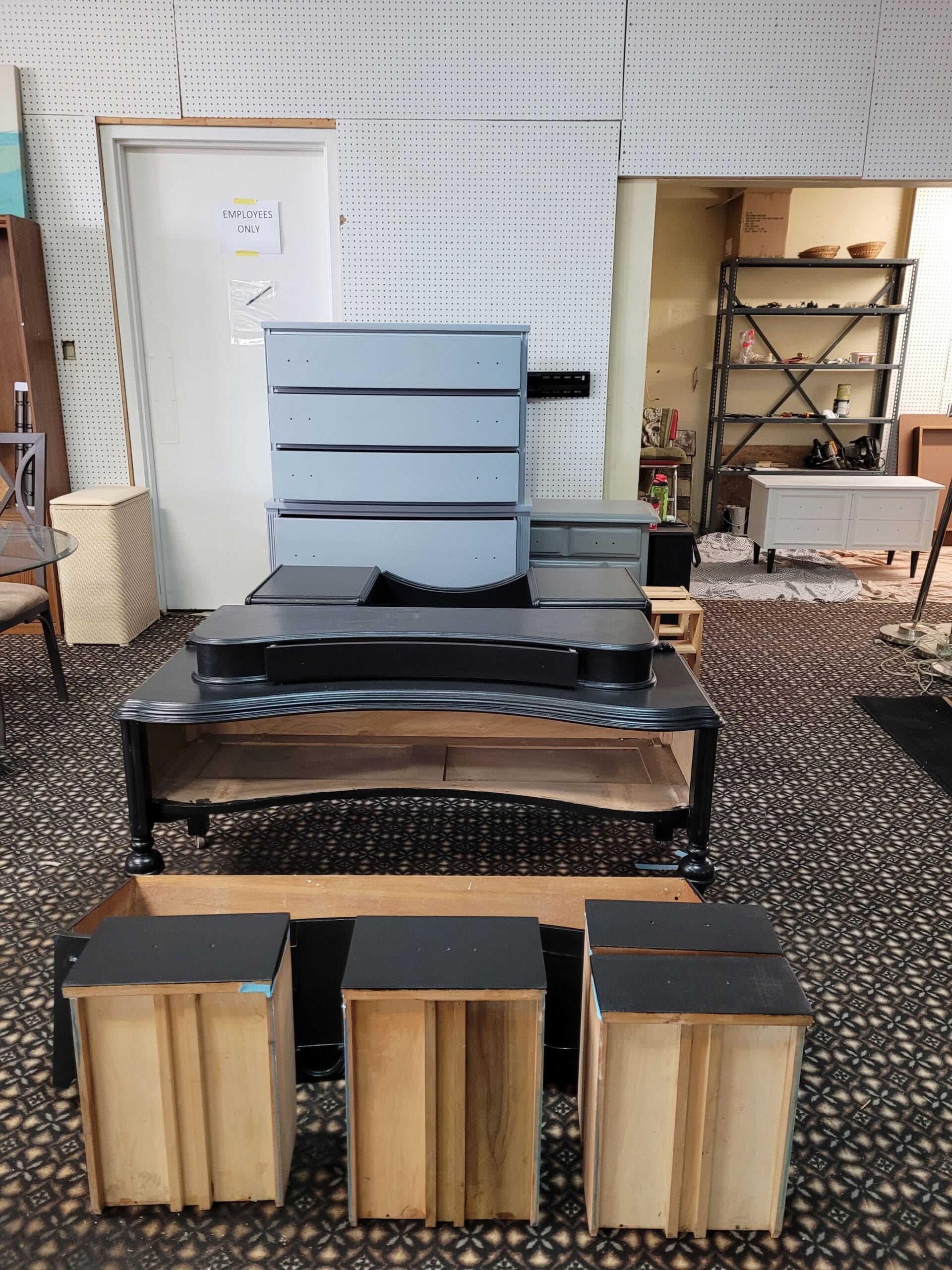How seven youth-led organizations are using micro grants to make big impact
Why It Matters
For grassroots youth groups, the process of applying to grants is tedious and often inaccessible. Making small, low-barrier and accessible grants is vital to encourage youth leadership and get community-based projects off the ground.
|
Getting your Trinity Audio player ready...
|

This story is in partnership with TakingITGlobal. See our editorial ethics and standards here.
Youth in Canada are pushing for a future they want; one with fewer climate disasters, with decolonized communities, and an equitable world for everyone. And they have ideas about what to do.
But they need support.
#RisingYouth is a program led by TakingITGlobal – a platform that connects and empowers youth to learn, engage and act on local and global issues – that over the last five years, provided thousands of micro grants for young people between the ages of 15-30 who have creative ideas for urgent and important causes like anti-racism, queer rights, and climate action across Canada.
Through these micro grants of $250, $750, and $1,500, the project supports local, youth-led initiatives that often don’t have access to larger grants and funding opportunities.
The youth projects funded collectively covered all 17 SDGs, including good health and well-being, quality education, sustainable cities and communities, zero hunger, and reduced inequalities. Even with these five SDG’s along, the #RisingYouth project successfully distributed $7.8 million amongst 7,014 youth-led community service projects.
Future of Good has highlighted seven projects from #RisingYouth’s recent Community Impact Publication on these projects across the country to platform the innovative projects led by youth from across Canada.
The Ballantyne Project: Raising awareness on life on a reserve
Dwight Ballantyne grew up in a northern Saskatchewan reserve called Montreal Lake Cree Nation until he was 21, but realized many Canadians had little to no knowledge about the experience of living on reserve. Wanting to raise awareness about his own experience and the unique challenges that many Indigenous people face in remote communities, he founded the Ballantyne Project in 2019.
“My story seemed insignificant to me, but once I started to share it, I realized that I can use my voice to start to build a bridge between youth and young adults living in remote reserves and youth and young adults in more urban settings,” says Ballantyne.
The youth-led organization produced a video on residential school survivors and their descendants, which was distributed to educators in many provinces. They also launched a campaign called #WeSeeYou to start a conversation about youth growing up on reserves.
Sticky Rice Magazine: Organizing Montreal Chinatown’s first pride

Viet Tran started Sticky Rice Magazine as a way to promote and platform experiences of Asian Canadians in 2020. The magazine’s volunteer-run team was also aware of the unique needs of queer youth in Montreal’s Chinatown region, and decided the second edition of the magazine would be a queer edition called (BE)LONGING.
As a continuation of this work, the team also organized the neighbourhood’s first ever pride parade for their #RisingYouth project. The goal was to create a pride event that felt comfortable for Asian folks as well as their allies.
“Pride to me does not always equate confettis, parades, and overt expressions of sexual freedom … for many, pride is about yearning for belonging, working through internalized shame, and experiencing expansive love,” says Tran.
Supporting immigrants in Yellowknife

In Yellowknife, Northwest Territories, immigrants make up about 15 percent of the population. And with a range of needs from simple things like knowing where to buy groceries to getting connected to the community, Andrew Watson wanted to build services for the immigrant population.
“The purpose of this project is to promote social integration by meeting other people and learning about other cultures, as well promote health and wellness by learning basic exercises,” says Watson.
Watson organized workshops for cooking, exercise, sustainability, and grocery shopping. For the sustainability workshops, participants learned how to source local ingredients and products as well as where to find seasonal items. These workshops are also a great way for immigrants to meet new people and learn skills in a new place.
Meal for People’s Park Community: Serving hot meals for those living in Halifax’s encampment

As Halifax has been dealing with an immense wave of evictions and a dire housing crisis, Kristen Tymoshuk used her #RisingYouth grant to cook a hot meal once a week for two months for those living in the People’s Park encampment in Halifax.
“My biggest success was the validation from one of the residents I often chatted with at the park,” Tymoshuk says. “Every time they saw my name on the meal sign-up list they would let me know they were really excited to eat whatever I brought, and were always the first person to tell me the food was delicious.”
Inuit Qaujimajatuqangit: Using Inuit traditional knowledge for arctic research

Mia Otokiak has been part of many scientific research projects in the arctic including Northwest Passage Project (NPP) to learn more about the Arctic’s Northwest passage. As an Inuit woman, she wants to share her own experience on the land while building her knowledge of the surrounding ecology.
Otokiak decided to organize a workshop series to teach folks about the ecology of the arctic, Inuit traditional knowledge, and youth leadership. She wants to expand the community’s reach and inspire young people. The two workshops she put together weaved together Inuit Qaujimajatuqangit (Inuit traditional knowledge), scientific ways of knowing, and human perspectives to show a holistic perspective of Arctic ecology.
“Through these workshops and outreach, I hope to expand the community’s reach, inspire young people in their own personal journeys, and share the beauty and challenges associated with a changing Arctic,” says Otokiak.
Upcycle for Change: Upcycling furniture for those struggling with poverty

Furniture poverty is a hidden but serious reality for thousands of people who are living in poverty and can’t afford to buy a bed, or mattress. It’s an issue that Cecily Zeppetella felt deeply concerned about when she started her organization Upcycle of Change which helps people struggling with furniture poverty.
“The lack of financial support during times of transition leaves a lot of these people without beds or furniture for their housing. That can be quite indignifying for people. So for us to be able to provide furniture that is beautiful and nice-looking took some weight off people’s shoulders and gave them a space they were proud of and felt safe and comforted in,” says Zeppetella.
Zeppetella partnered with the Furniture Bank of Niagara to upcycle donations the bank can’t use because of poor condition or damage. Her organization and team of student volunteers upcycle furniture by sanding, redesigning, and painting old furniture to give to those in need.
Connecting and Celebrating the Latinx Diaspora Through Podcasting

Following the Black Lives Matter protests in 2020, Yulissa Gabriela Campos Espinoza and Celeste Nunez spoke a lot about their Latinx identity and their experiences as newcomers in Canada. Wanting to share these conversations with the other people in their lives, the two friends started a podcast as a hobby during the pandemic.
Based out of Saskatoon, the podcast, Latinas in Stoon, hoped to connect the Latinx community in Saskatoon but soon grew across Canada. Now the podcast grew globally and reached people over 21 countries across various cultural backgrounds, talking about topics like queer rights, women’s empowerment, and immigration.
“I have learned to value the uniqueness of my identity and I have become an advocate for inclusivity and diversity,” says Yulissa. “The most valuable thing I have learned by being a minority here is the idea of staying true to your identity.”
